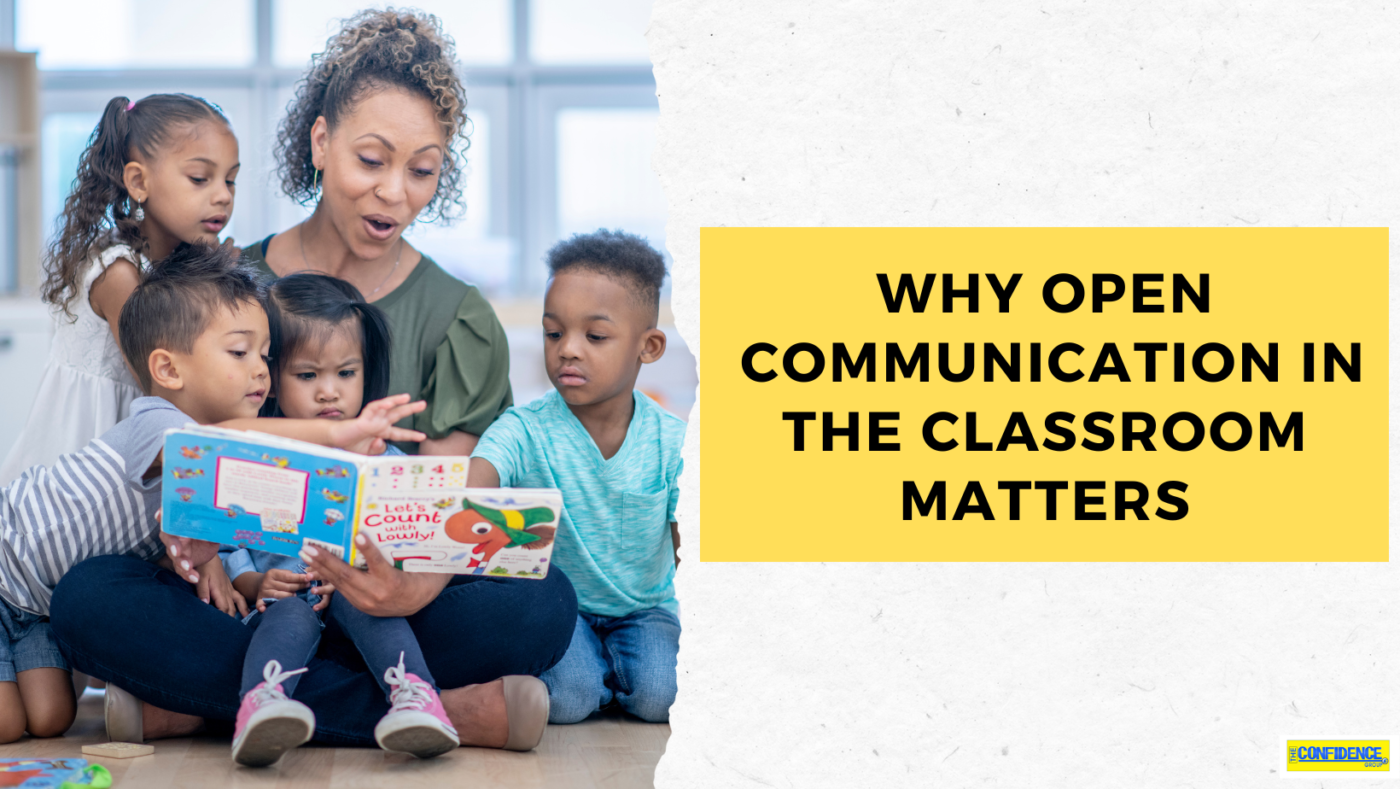As children develop, they communicate differently to adults. Each child will have their own distinct personality, leading to how they communicate and interact with the world around them. The way we communicate as adults has been shaped by our parents, our peers, and our environment. However, for children, communication skills are still in the developmental stage and often depend on their age, maturity, as well as their family’s background and culture. The way that children communicate affects a multitude of things. As an educator, navigating their communication skills is crucial for success.
Verbal Communication
Verbal communication is the most common form of communication between adults and children. It involves speaking, listening, and understanding language. As children grow, they learn to use language to express their thoughts and feelings. As they are understanding grammar and tone, they might sometimes stumble and make errors on how to present themselves while communicating.
Nonverbal Communication
Nonverbal communication includes body language, facial expressions, gestures, and eye contact. Nonverbal communication is important for children as it helps them to understand and interpret the world around them. At a young age, children are more prone to be more open to sharing their emotions nonverbally than verbally. They might react by kicking, hitting, making a mad face, or even walking away from an adult.
Allowing Kids to Express Themselves
Whether it’s verbal or nonverbal, understanding a child’s communication style can be a way of gaining knowledge about them and help build strong relationships between educators and their students. As kids are developing their communication skills, they will make mistakes and say things they should not say. With this in mind, providing a safe and supportive environment where they feel comfortable expressing their thoughts and feelings, can help reduce conflict. It would be even more helpful to create more open discussions for children to discuss their emotions and communication styles. This in return will encourage children to ask questions and explore their own ideas.
For more informative blogs like these, keep up to date with our blogs on our website!

